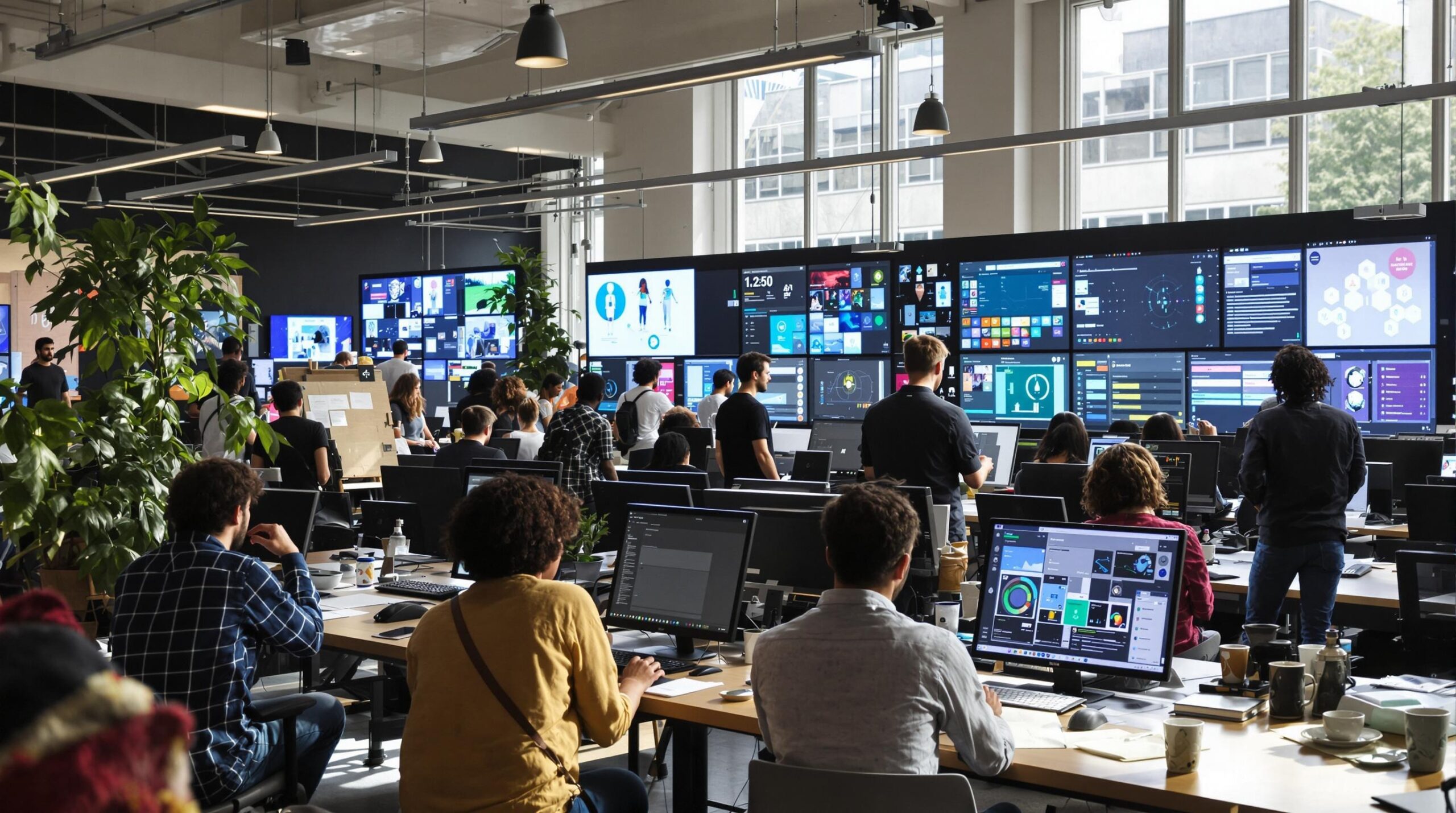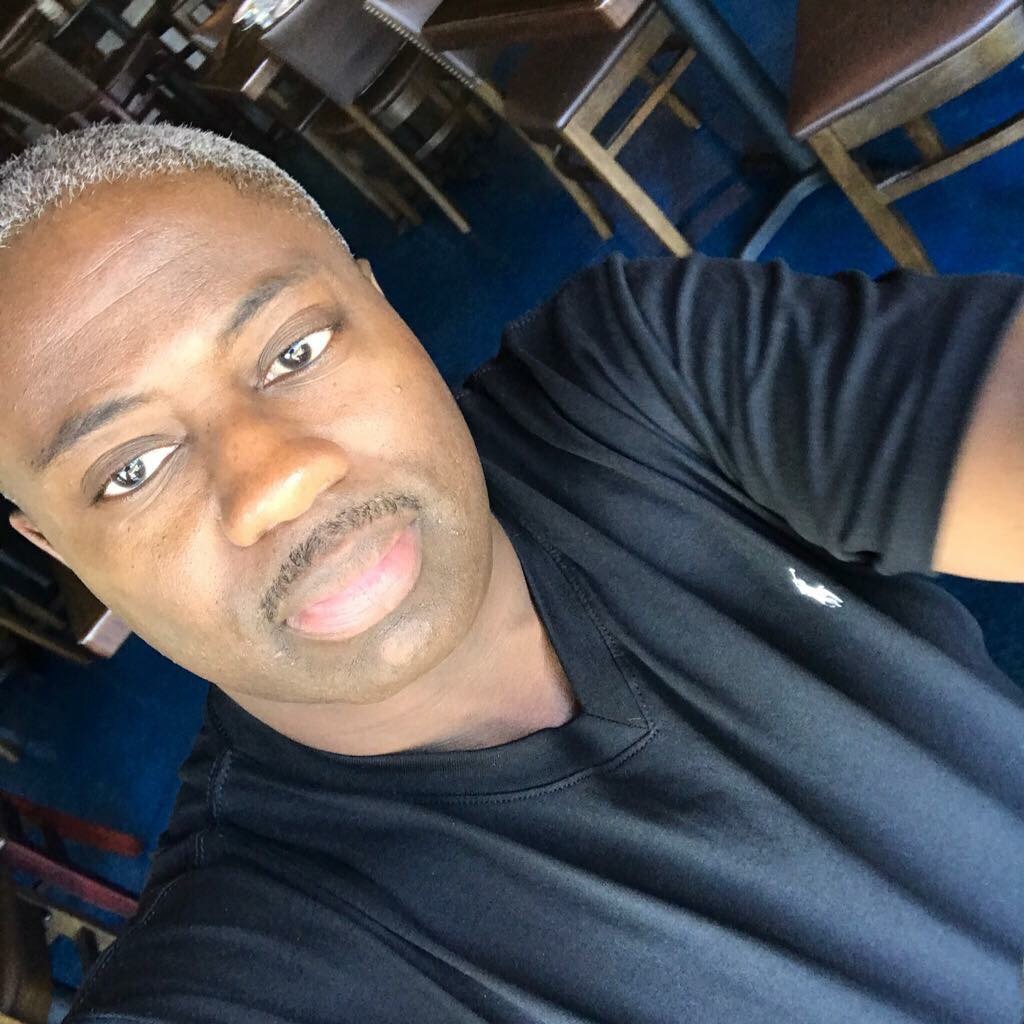Artificial intelligence (AI) has shifted from the periphery to the heart of the creative industries. Once limited to data-heavy fields, AI now plays significant roles in music, film, writing, design, and visual arts. Its evolving algorithms challenge traditional roles, redefine creative workflows, and ignite debates about originality and artistic identity. By understanding the reach and implications of AI, we can better navigate the changes it brings to creative work.
AI as a Tool for Creative Enhancement
AI helps creators boost efficiency and enhance their output. Designers use AI tools to generate mockups, suggest color schemes, and automate repetitive tasks. Musicians utilize AI-generated samples and compositions as sources of inspiration and collaboration, expanding their soundscapes. In the film industry, AI algorithms assist with video editing, special effects, and even screenplay generation. Writers employ AI for idea generation, grammar correction, and stylistic suggestions, ultimately refining their texts.
These advances allow creative professionals to focus on more strategic and conceptual work. With routine tasks automated, artists can dedicate more energy to ideation and experimentation. As a result, AI encourages creative industries to reach for greater heights by providing tools that augment, rather than replace, human ingenuity.
Altering Workflows and Skill Demands
The integration of AI transforms creative workflows. Advertising agencies now create personalized campaigns at scale using AI-driven analytics and automation. Graphic designers employ AI to create rapid prototypes, reducing the time from concept to product. Film studios implement AI-powered editing suites, making post-production faster without compromising quality. Content marketers use AI to optimize headlines, images, and content placement, ensuring maximum impact.
With these new workflows, the skills required for creative professionals are also changing. Technical proficiency with AI tools and understanding their limitations becomes crucial. Artists must learn how to craft prompts for AI generators and interpret the software’s results. By staying current with these technologies, creative workers remain competitive in their fields.
Questions of Authorship and Originality
AI-generated works challenge long-standing ideas of authorship. Who owns an image created with a text-to-image AI model? Can a song produced with AI assistance be credited to the musician or the machine? These questions complicate intellectual property laws and raise concerns about copyright infringement when AI trains on vast datasets, including copyrighted works, the boundary between inspiration and imitation blurs.
The legal frameworks surrounding creative ownership are struggling to keep pace with AI’s rapid advancements. Courts and lawmakers now face unprecedented cases regarding AI-generated art and its ownership. Until clear guidelines emerge, creators and companies must navigate uncertain territory regarding the attribution of credit and rights.
Economic Disruption and Job Transformation
AI’s rise in the creative sector sparks concerns about job security. Automated tools can perform editing, graphic design, and even content creation with impressive speed. Companies may be tempted to replace human workers with AI to reduce costs and increase productivity. Some routine or entry-level positions are already being phased out in favor of automated solutions.
However, AI also opens doors to new roles and opportunities. As traditional jobs evolve, new specialties arise in prompt engineering, AI tool development, and creative direction. Artists and professionals who embrace AI gain valuable skills that are increasingly sought after. Ultimately, AI is reshaping creative employment, but many experts believe it complements human talent rather than fully replacing it.
The Democratization of Creativity
AI lowers barriers to entry for aspiring creators. Platforms featuring AI-powered graphic tools let non-designers create compelling images and logos. Music generators help amateurs compose intricate pieces without formal training. AI-driven writing tools assist bloggers, marketers, and novelists in honing their craft without significant editing resources. As a result, creativity becomes more accessible, allowing a broader pool of voices and perspectives.
This democratization, however, introduces new challenges. The influx of AI-generated content can saturate creative markets, making it harder for individual works to stand out. As competition rises, creators must work harder to differentiate their work not just from peers, but from the outputs of sophisticated algorithms. The creative industries now value originality and authenticity more than ever before.
Shaping New Forms of Artistic Expression
AI does more than replicate existing aesthetics; it inspires new forms of artistic expression. Collaboration between humans and intelligent machines generates striking results in visual arts, music, literature, and film. Artists experiment with generative adversarial networks (GANs), style transfer techniques, and algorithmic processes to create novel work that might not be possible through human effort alone.
For example, composers fuse AI-generated melodies with acoustic instruments, producing hybrid soundscapes. Writers build interactive AI-powered stories that adapt to reader choices, expanding narrative possibilities. Visual artists employ deep learning models to remix classic styles, breathing fresh life into traditional forms. These experiments push the boundaries of what constitutes “art” and encourage audiences to reconsider the creative process itself.
Ethical Implications and Societal Considerations
AI’s influence on creative industries brings significant ethical questions. Deepfakes, AI-generated images, and music compositions can be misused, spreading misinformation or infringing on artists’ works. Protecting originality and ensuring honest attributions are major concerns for professionals and consumers alike. Some worry that reliance on AI may dilute cultural heritage or erode creativity’s human element.
Transparency and responsible AI deployment are vital for addressing these concerns. Many companies now advocate for ethical guidelines, clearer labeling of AI-generated art, and robust consent frameworks. When used with integrity, AI can enhance creativity without compromising the values that have long defined the creative professions.
Looking to the Horizon
AI’s lasting impact on creative industries will depend on the choices creators and organizations make today. Embracing the advantages of AI while addressing its challenges encourages a vibrant, sustainable future for creative work. Human creativity, adaptability, and emotional intelligence remain essential, even as technology reshapes the artistic landscape. As new breakthroughs emerge, the creative community must continue to unmask AI’s potential and work toward a balance between innovation and tradition.


